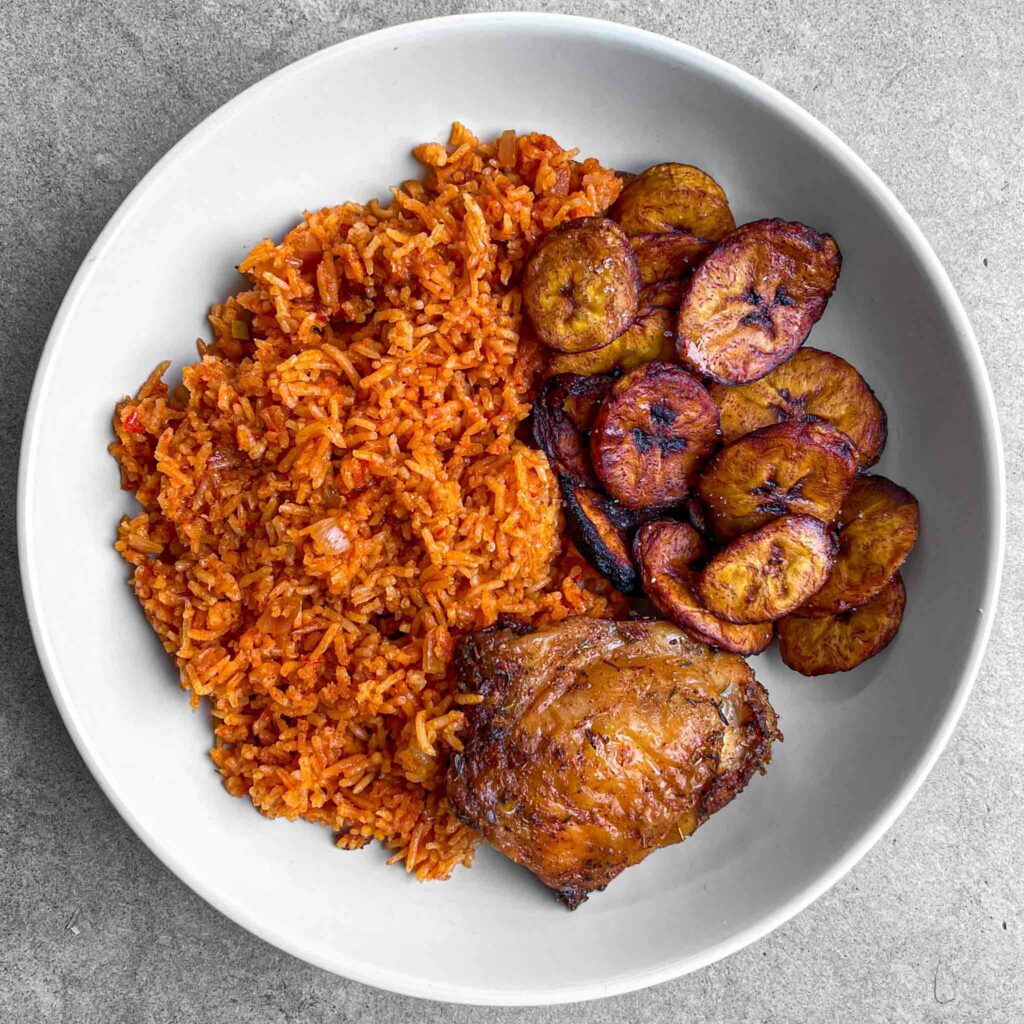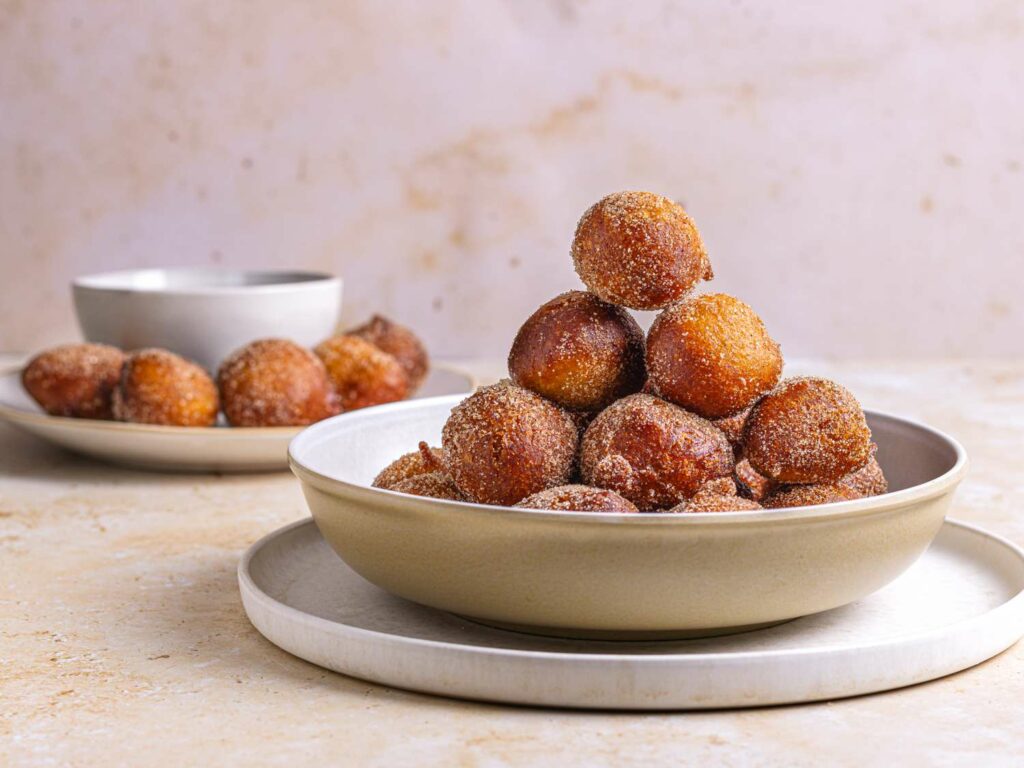ẹ káàárò, good morning, and welcome to my sixth Free Inquiry Post!
Today, I will continue my previous blog post about Yoruba culture but specifically discuss food! One of the many perks of learning a language is that you also get to discover new foods and cuisines. The dishes I will be talking about today are not necessarily Yoruba specific (except pounded yam), as all Nigerian ethnic groups eat these dishes, and there is no difference in how they are made.
*The image captions contain links to the dishes’ recipes if you want to try them out!👨🏾🍳
Jollof Rice

I am starting with Jollof Rice, which has been among my top 5 favourite rice dishes since Ibrahim’s (my boyfriend’s) mom made me some a few months ago. It has some heat compared to my usual spice tolerance, but I still enjoy it. A little description of what it is: Jollof Rice is a dish that is of West African origin, and it is made of long-grain rice, tomatoes, chilis🔥, spices and a choice of vegetables and meats all combined in one pot. In the image above, there looks to be chicken on the side and fried plantains, which are also Nigerian food staples. Many other African countries like Ghana and Senegal also make it, and there is always underlining competition to who makes the best Jollof Rice. Here’s more information if you would like to learn more: https://en.wikipedia.org/wiki/Jollof_rice
Puff-Puff

Next up are Puff-puffs, a fried pastry dough formed in little balls, almost like a Nigerian Tim Bit but slightly denser. Like Jollof Rice, there are multiple varieties of Puff-puffs around West Africa, and each country has a name for them. So in Nigeria, they are called Puff-puffs, but in Francophone countries like Guinea and Mali, they are called gato (short form for gâteau, which means cake in French). They are also similar to Loukoumades (Greek), Beignets (French) and Zeppole (Italian); I guess every country around the world has its version of a donut. The West African and Nigerian types are made of flour, yeast, sugar, butter, salt, water, and eggs and then deep-fried in vegetable oil. However, in Senegal, millet flour is used more than wheat. After frying, puff-puffs can be rolled in sugar, as seen in the image above. I had them without the sugar, and they are just as good. Here’s more information if you would like to learn more: https://en.wikipedia.org/wiki/Puff-puff#:~:text=Puff%2Dpuff%20is%20a%20traditional,pastry%20exist%20(see%20below).
Pounded Yam and Egusi Soup

Lastly, we have Pounded Yam and Egusi Soup, which I have not tried yet, but I am eager to try! Egusi Soup, or Ẹ̀gúṣí in Yoruba, is a protein-rich seed that comes from squash, melon and gourds to create a nutty soup. You can include meat like beef or seafood and stewed spinach in the soup. Pounded Yam, or Ìyàn in Yoruba, is like a dinner roll for Nigerian people as it is paired with most meals. It is considered a swallow, a dough-like food made of cooked starchy vegetables and, in this case, yams! The process of making pounded yam is lengthy; you have to boil and pound it using a mortar and pestle. I found a video where it is made with a food processor, which can save you so much time!
Here’s more information if you would like to learn more: https://en.wikipedia.org/wiki/Pounded_yam#:~:text=Pounded%20yam%20(Yoruba:%20Iy%C3%A1n%2C,Ofe%20Nsala%20(white%20soup). https://en.wikipedia.org/wiki/Egusi
Last but not least, the word of the day today is ọkunrin, which means man.
Leave a Reply